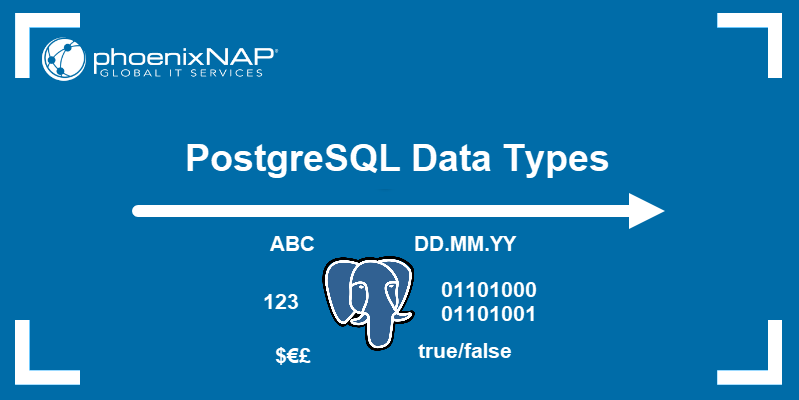

That also makes it much easier to pinpoint when a problem started and what query or database appears to be contributing the most. Once the data is stored, we can use standard SQL to query delta values of each snapshot and metric to see how each database, user, and query performed interval by interval. It would be much more valuable if you could transform this static, cumulative data into time-series data, regularly storing snapshots of the metrics. However, it's most helpful when the data shows trends and patterns over time to visualize the true state of your database when problems arise. The database monitoring information that pg_stat_statements provides is invaluable when you need it. Is it a specific database that's consuming resources more than others right now?.Are there particular forms of the query that are slower than others?.Does it usually struggle with resources at this time of day?.With cumulative data, it's impossible to answer specific questions about the state of your cluster, such as: The data might show that a particular application query has been called frequently and read a lot of data from the disk to return results, but that only tells part of the story. While pg_stat_statements can work as a go-to source of information to determine where initial problems might be occurring when the server isn’t performing as expected, the cumulative data it provides can also pose a problem when said server is struggling to keep up with the load. We also discussed one of the few pitfalls with pg_stat_statements: all of the data it provides is cumulative since the last server restart (or a superuser reset the statistics).
#Postgresql how to
In our previous blog post, we discussed how to enable pg_stat_statements (and that it comes standard on all Timescale Cloud instances), what data it provides, and demonstrated a few queries that you can run to glean useful information from the metrics to help pinpoint problem queries. Expose your server or service specific metrics to external endpoints to monitor the health of your PostgreSQL cluster.Database monitoring is a crucial part of effective data management and building high-performance applications. You can also use Aiven for Redis as a cache for your PostgreSQL, for optimized performance in certain use cases.Īiven for Redis (web page) Integrate with your favorite external logging and monitoring toolsĮasy integrations with tools like Datadog, Prometheus, AWS CloudWatch, Elasticsearch, and more - or Aiven services for M3, Grafana and OpenSearch for enhanced monitoring and logging. Aiven for ClickHouse integration supports federated queries from PostgreSQL. High-availability plans with Aiven (docs) Integrate your PostgreSQL with other Aiven servicesĬonnect your PostgreSQL easily with our event-streaming services Aiven for Apache Kafka and Flink using built-in connectors.

How to create and use read-only replicas (docs) Even our standard high-availability plans come with 1 or 2 standby nodes, which also act as automatic read replicas. Replicate data to other regions and clouds for disaster recovery and geo proximity - even building multi-cloud architectures. Sample dataset for testing Aiven for PostgreSQL (blog) Create flexible read replicas Get started with Aiven for PostgreSQL (docs) Fits well for almost any case, such as creating location-based services, mission critical business applications or simply as a general transactional database. Known for reliability, a robust set of features, and exceptionally high performance. Close menu Build advanced applications with Aiven for PostgreSQLĪ fully managed SQL relational database, deployable in the cloud of your choice.


 0 kommentar(er)
0 kommentar(er)
